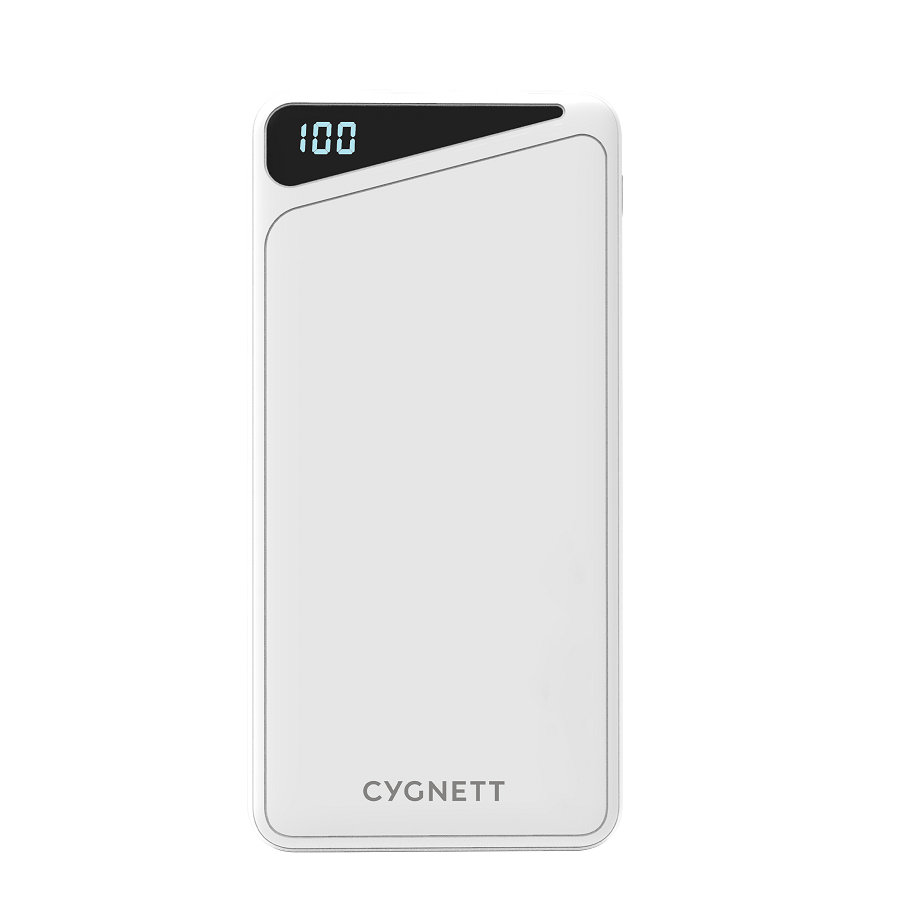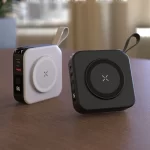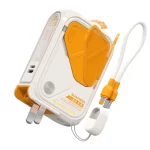Introduction to Power Bank Regulations on Planes
Navigating through airport security can be tricky, especially with devices like power banks. Many travelers ask, ‘can I bring 20000mAh power bank on plane?’ Understanding the regulations for carrying power banks during air travel is essential. These rules determine if you can keep your devices charged while on the go.
In recent years, guidelines have relaxed a bit. Now, there are specific criteria your power bank must meet to travel with you on a plane. Power banks up to a certain watt-hour (Wh) rating can come aboard. The commonly accepted limit is 160 Wh, but specific airline policies may differ. For example, some airlines set a lower limit at 100 Wh.
Here’s what you need to remember: power banks over 160 Wh generally cannot travel with you. For ratings between 100 Wh and 160 Wh, airline approval is necessary. Under 100 Wh, there’s no need to inform the airline. These power bank rules help ensure safety during flights.
Carry your power bank in hand luggage, not checked bags. Airlines prefer to have batteries where they can manage them if needed. Also, mark your power bank clearly with its rating. Unclear or erased markings may cause issues during security checks.
Lastly, charge your power bank before flying. Security may test it, and if it can’t power up, you risk losing it. Stay informed about these rules to avoid any travel snags. In the following sections, we will delve deeper into capacity, calculations, and airlines’ specific restrictions.
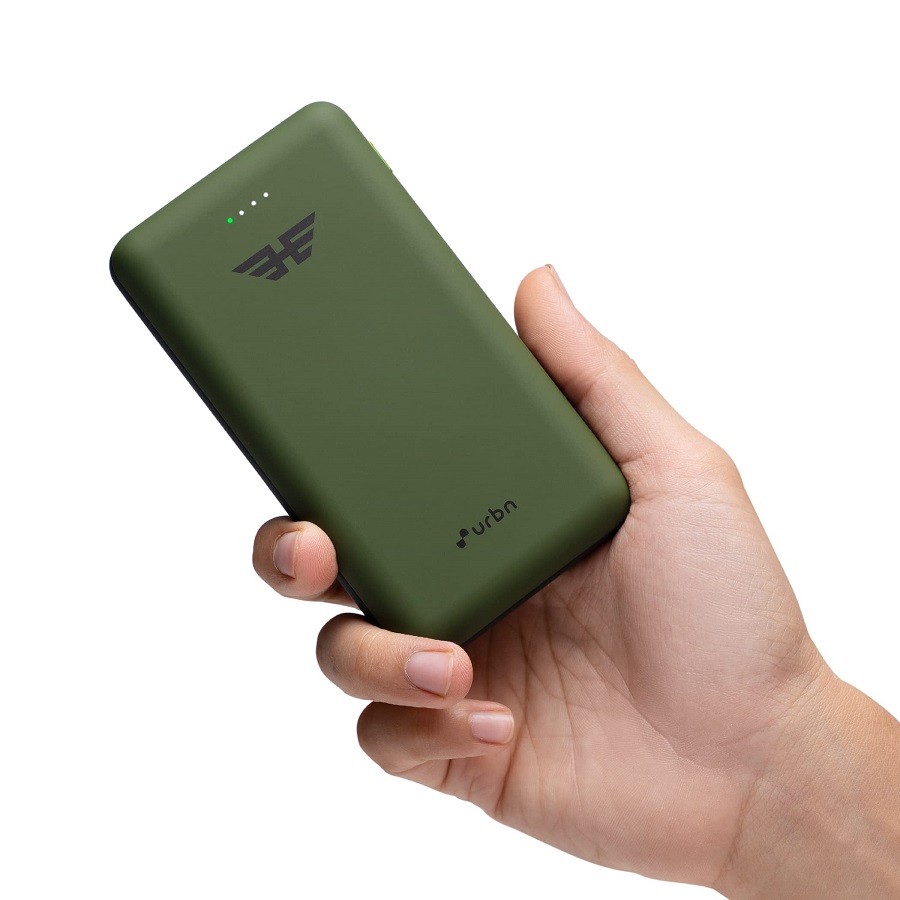
Understanding Power Bank Capacity and Airline Restrictions
When preparing to fly, knowing your power bank’s capacity is crucial. Airline restrictions on power banks mainly focus on watt-hour (Wh) ratings, not just milliampere-hours (mAh). Airlines often have different limits, so it’s important to check with each carrier before you travel.
Firstly, a power bank must not exceed 160 Wh to be allowed on most flights. Some airlines might set stricter limits, though, like 100 Wh. If your power bank is between 100 Wh and 160 Wh, you might need the airline’s approval. Always check this to avoid issues at the airport.
Airline restrictions also dictate how many power banks you can carry. Usually, you’re allowed a maximum of two spare lithium batteries per person. These must be in carry-on luggage, never checked in. Airlines worry about hazards like combustion, so keeping batteries within reach is safer.
Furthermore, your power banks need clear labeling. Make sure markings that show the Wh rating are not erased. Unclear labels can lead to your power bank being confiscated.
Lastly, charge your power bank before heading to the airport. A fully charged device demonstrates that it works. An unresponsive power bank might be removed during security checks.
In summary, remember these key points:
- Check your power bank’s Wh rating; keep it below 160 Wh.
- Verify airline-specific limits and approval needs.
- Carry a maximum of two power banks in hand luggage.
- Ensure clear markings of the Wh rating.
- Charge your power bank prior to airport arrival.
Follow these guidelines, and your flight with your 20000mAh power bank should go smoothly.
How to Calculate Your Power Bank’s Watt-hour Rating
Figuring out the Watt-hour (Wh) rating of your power bank can seem tricky. But don’t worry, it’s a simple process once you know the formula. Remember, Wh is the unit that airlines use to measure battery capacity for travel. To calculate your power bank’s Wh rating, follow these steps:
- Find the capacity of your power bank in mAh (milliampere-hours). This is usually printed on the device.
- Note the voltage (V) of your power bank. Most lithium-ion cells use 3.7 V, but check to be sure.
- Use the conversion formula: Wh = (mAh * V) / 1000. This turns mAh into Wh.
For example, if you have a 20000mAh power bank with a voltage of 3.7V, here’s the calculation:
- Watt-hour = (20000 mAh * 3.7 V) / 1000
- Watt-hour = 74 Wh
With a result of 74 Wh, you can confidently say your power bank is within the acceptable limits for most airlines, which is below 160 Wh. But remember, if your power bank has a capacity between 100 Wh and 160 Wh, you might need approval from the airline before flying.
Always ensure that the Wh rating of your power bank is visible. If it fades or is erased, it could mean trouble at the airport security. And once you’ve calculated the Wh rating, keep your power bank fully charged. A charged power bank assures security that it functions properly and reduces the risk of it being taken away.
By understanding how to calculate the Wh rating of your 20000mAh power bank, you’re one step closer to a hassle-free air travel experience.
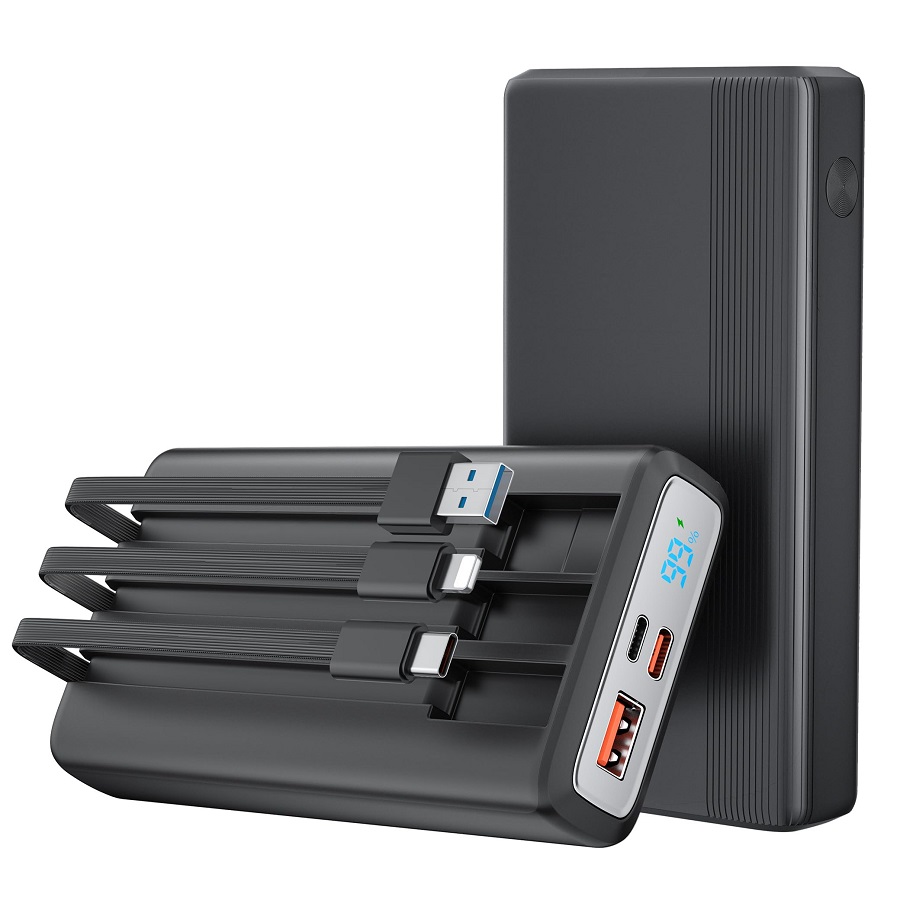
Guidelines for Carrying Power Banks on Flights
When flying, you must follow clear rules for power banks. Your travel experience depends on it. Below are the guidelines you need to consider for a smooth journey with your 20000mAh power bank.
- Keep It in Carry-On: Always pack your power bank in your hand luggage, not checked bags. This is a firm rule across all airlines due to safety concerns.
- Two Is the Limit: You can usually bring up to two spare power banks. Ensure they are properly packaged to avoid short circuits.
- Understand the Wh Limit: Make sure your power bank is below 160 Wh. If between 100 Wh and 160 Wh, check with the airline for approval.
- Label Clearly: Your power bank must have its Wh rating clearly marked. Faded or missing labels can lead to trouble during security checks.
- Charge Beforehand: A charged power bank shows it works. It might be tested at security, so keep it powered to prevent it being taken away.
In short, know your power bank’s limits, carry it properly, and always prepare it for the flight. Do this, and you can stay charged and connected, worry-free.
Choosing the Right Power Bank for Air Travel
Selecting an apt power bank for your flight needs careful consideration. Here’s what to keep in mind:
- Check Watt-hour Rating: Choose a power bank with a clearly labeled watt-hour (Wh) rating. Ensure the rating is within airline limits, preferably well under 160 Wh to avoid any need for approval.
- Look for Portability: Opt for a lightweight, compact power bank. It should be easy to carry and store in your hand luggage during your flight.
- Verify Charging Capacity: Pick a power bank with enough 20000mAh capacity to keep your devices charged through your journey. However, remember the 20000mAh is a reference to capacity, and the pivotal measure for airline approval is the Wh rating.
- Assess Durability: Aim for a rugged design that can withstand travel-related wear and tear. A robust power bank is a good travel companion.
- Consider Charging Speed: For convenience, a power bank with fast charging capabilities is ideal. It ensures your devices are quickly ready to use.
- Extra Features: Some power banks come with additional features like multiple ports or solar charging. Consider if these will benefit you during travel.
Always refer to the airline’s specific regulations before you fly. Different carriers may have unique policies regarding the carriage of power banks. Furthermore, remember to fully charge your power bank before heading to the airport to demonstrate that it’s in working order. With the right preparation, you can ensure your devices stay powered up, and your travel plans remain uninterrupted by power issues.
Specific Regulations of Popular Airlines
As a frequent flyer or occasional traveler, knowing airline-specific regulations for carrying power banks is a must. Each airline may have its own set of rules when it comes to the watt-hour (Wh) rating of power banks. While most follow the general guideline allowing up to 160 Wh, some popular airlines impose their own restrictions which can be tighter. For instance, Singapore Airlines has a limit of 100 Wh, which is below the general accepted maximum. It’s essential to check with your airline before you travel. This way, you can avoid any last-minute surprises at the boarding gate.
Here are quick tips to ensure compliance with various airlines:
- Visit the airline’s official website or contact customer service for their specific power bank regulations.
- Look for a section on ‘prohibited items’, ‘luggage rules’, or ‘battery policy’.
- Review the Wh limit. If your power bank falls between 100 Wh and 160 Wh, you may need approval.
- Charge your power bank. It must power on if tested by security personnel.
- Keep it in hand luggage. Checked-in power banks can lead to complications and potential confiscation.
By being thoughtful and prepared, you can create a hassle-free experience when flying with your 20000mAh power bank. Remember to ensure that the Wh rating is clearly marked and never erased. Also, keep in mind that the keywords ‘can i bring 20000mah power bank on plane’ are just a starting point for understanding broader policies that govern your electronics during air travel. Following these guidelines, you’ll stay powered up and ready for those important calls or capturing memories on the go, all while adhering to airline regulations.
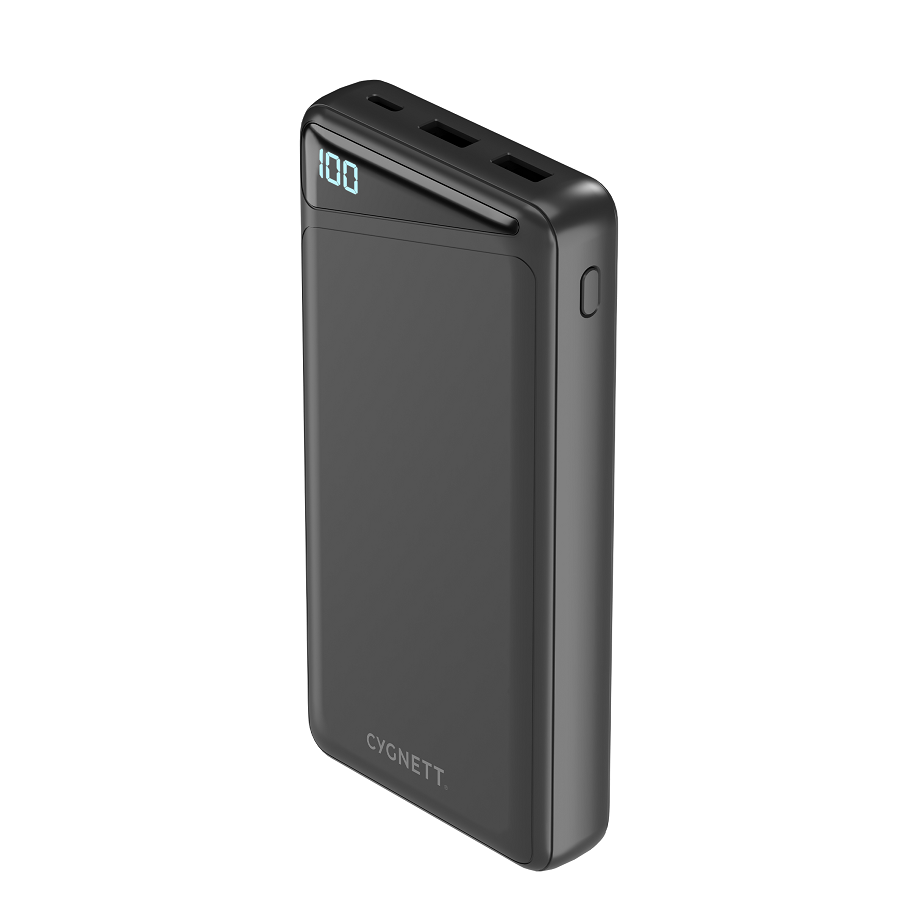
Safety Tips for Traveling with Power Banks
When packing for a flight, safety is paramount. Power banks are invaluable but come with rules for safe travel.
- Check for Damage: Inspect your power bank for dents, leaks, or other damage.
- Avoid Exposure: Keep it away from direct sunlight, heat, and liquids.
- Protective Case: Use one to shield your power bank from knocks and short circuits.
- No DIY Repairs: Never try to fix power banks. They can be dangerous if mishandled.
- Keep Away from Metal Objects: Prevent short circuits by not storing it with coins or keys.
- Do Not Overcharge: Unplug the power bank once it reaches full charge.
Follow these tips alongside airline regulations to ensure your 20000mAh power bank is safe for air travel. Have a safe trip!
The Consequences of Non-Compliance with Airline Policies
Not following airline policies for power banks can lead to several issues. First, if security finds that your power bank exceeds the 160 Wh limit or the specific limit set by the airline, they may confiscate it. This will leave you without a power source for your electronic devices. Second, trying to carry a power bank in checked luggage, against regulations, may also result in confiscation or fines. Additionally, if the power bank is not clearly labeled or charged, you may face delays while the security clarifies its safety. To sum up, always adhere to airline power bank regulations to avoid losing your device, facing fines, or experiencing travel delays.
